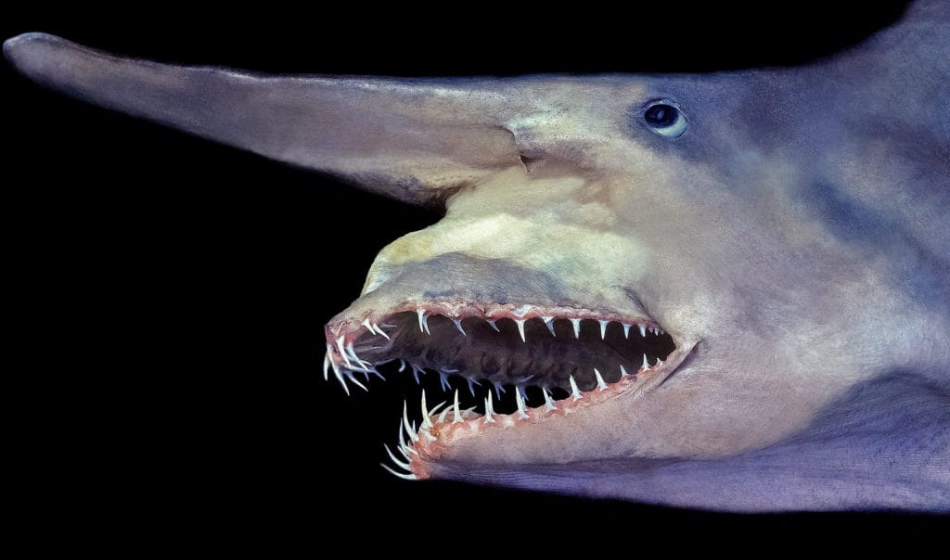Introduction
Deep beneath the ocean’s surface, beyond the reach of sunlight, lies a world so alien and unexplored that it defies our imagination. This is the abyss—one of Earth’s most mysterious and least understood environments. Cryptic creatures thrive in isolation in this dark, high-pressure world, far from human eyes. These hidden species, with their bizarre forms and unique adaptations, have captivated scientists and explorers for decades. Yet, despite technological advancements, the abyss remains largely unexplored, leaving many of these cryptic creatures undiscovered.
In this article, we will dive deep into the world of the abyss, exploring the strange and fascinating life forms that inhabit it. From glowing jellyfish to translucent octopuses, these creatures are as intriguing as they are elusive. We’ll examine how biologists discover these hidden species, the challenges they face, and what these discoveries tell us about life on Earth. Prepare to be amazed as we uncover the secrets of the cryptic creatures of the abyss.
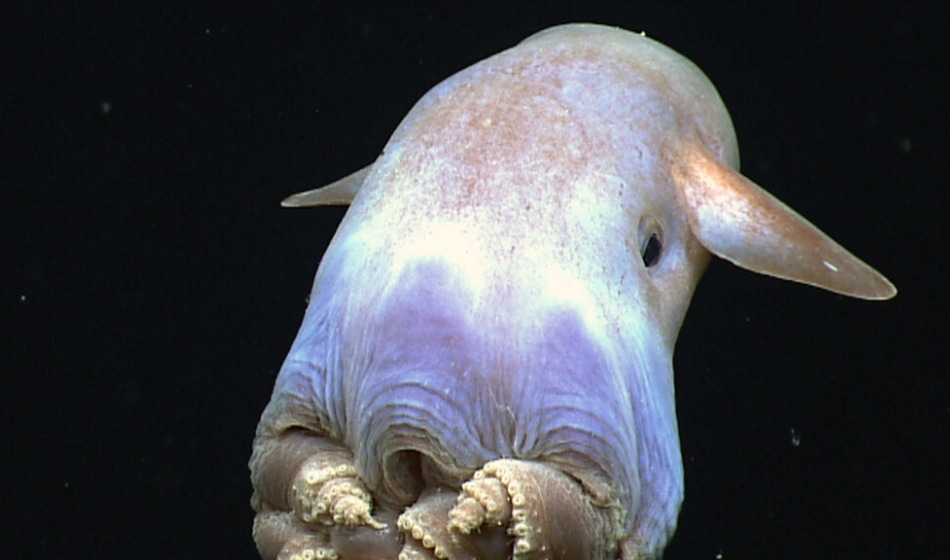
What Are Cryptic Creatures of the Abyss?
Defining Cryptic Species in the Deep Sea
Cryptic species are organisms that are difficult to detect or identify due to their elusive nature, camouflage, or resemblance to other species. In the context of the deep sea, these creatures are often hidden in plain sight, blending into their dark surroundings or exhibiting behaviors that make them hard to observe. The abyss, which starts at depths of about 3,000 meters (9,800 feet) and extends down to 6,000 meters (20,000 feet), is home to many of these cryptic species.
Examples of Cryptic Creatures
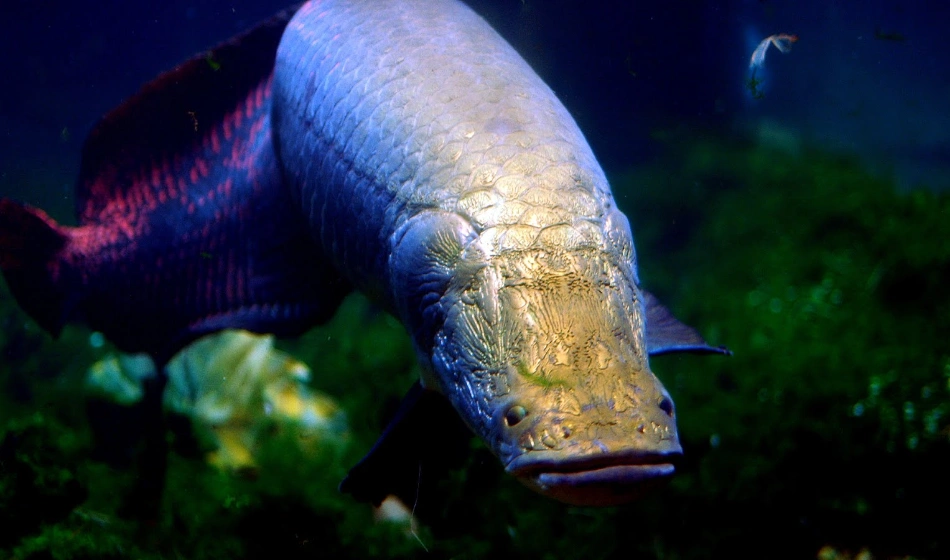
- The Barreleye Fish: Known for its transparent head, the barreleye fish (Macropinna Microstoma) has upward-facing eyes that can rotate, allowing it to see prey above it while remaining hidden in the depths.
- The Vampire Squid: Contrary to its menacing name, the vampire squid (Vampyroteuthis infernalis) is a small, slow-moving creature that uses bioluminescence to blend into the dark waters, avoiding detection by predators.
- The Deep-Sea Anglerfish: This creature lures prey with a bioluminescent lure that dangles in front of its jaws, camouflaged in the darkness until it strikes.
The Challenges of Discovering Cryptic Creatures in the Abyss
The Vastness and Depth of the Ocean
The sheer size of the ocean, combined with the extreme depths of the abyss, makes exploration a daunting task. The abyssal zone is largely inaccessible to humans, with intense pressure, near-freezing temperatures, and total darkness. These conditions require specialized equipment and technologies to explore.
Technological Limitations
Despite advances in technology, exploring the deep ocean is still challenging. Manned submersibles are limited in the depths they can reach, and even remotely operated vehicles (ROVs) have limitations in terms of battery life, maneuverability, and the ability to withstand the crushing pressures of the deep ocean. Additionally, the cost of deep-sea exploration is high, limiting the frequency of expeditions.
Biological Adaptations
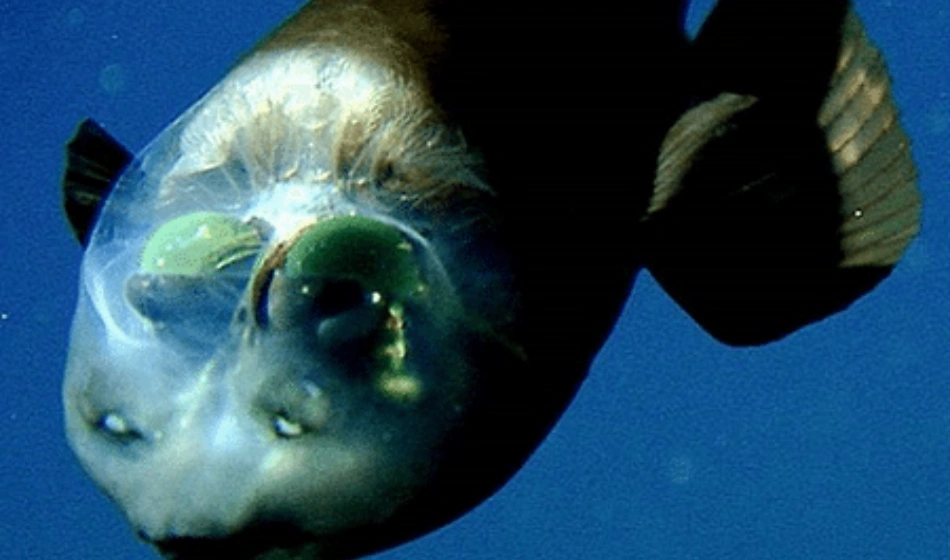
Cryptic creatures have evolved to thrive in the abyss by developing adaptations that make them difficult to detect. For example, many deep-sea species are bioluminescent, using light to blend into their dark surroundings or communicate with each other. Others are transparent or have minimal pigmentation, making them nearly invisible in the water. These adaptations make it challenging for biologists to observe and study these species.
How Biologists Discover Hidden Species in the Abyss
Remote Operated Vehicles (ROVs) and Autonomous Underwater Vehicles (AUVs)
ROVs and AUVs are essential tools for exploring the deep ocean. Equipped with cameras, lights, and sampling equipment, these unmanned vehicles can reach depths that are otherwise inaccessible to humans. ROVs allow scientists to observe and collect specimens from the abyss, while AUVs can cover large areas and collect data autonomously.
Environmental DNA (eDNA) Analysis
Environmental DNA (eDNA) is a groundbreaking technique that allows scientists to detect the presence of species by analyzing genetic material in the water. This method is particularly useful for studying cryptic creatures that are difficult to observe directly. By collecting water samples and analyzing the DNA they contain, biologists can identify species that are present in a given area, even if they are not physically seen.
Deep-Sea Cameras and Acoustic Monitoring
Deep-sea cameras and acoustic monitoring devices are used to observe the behavior and movements of cryptic species in the abyss. These tools can capture images and sounds of species that would otherwise go unnoticed. For example, acoustic monitoring can detect the sounds made by deep-sea fish or cephalopods, providing clues about their presence and behavior.
Collaborative Expeditions and International Efforts
Deep-sea exploration often involves collaboration between scientists from different countries and institutions. By pooling resources and expertise, these collaborative efforts increase the chances of discovering new species. International initiatives, such as the Census of Marine Life, have brought together scientists from around the world to explore the deep ocean and document its biodiversity.
Fascinating Discoveries of Cryptic Creatures
The Ghostly Dumbo Octopus
The Dumbo octopus (Grimpoteuthis sp.) is one of the most enchanting creatures discovered in the abyss. Named for its ear-like fins that resemble the Disney character Dumbo, this octopus lives at depths of up to 7,000 meters (23,000 feet). Its translucent body and delicate, graceful movements make it one of the most captivating discoveries of recent years.
The Enigmatic Goblin Shark

The goblin shark (Mitsukurina owstoni) is a rare and unusual species that inhabits the deep waters of the Pacific Ocean. Known for its long, flattened snout and protrusible jaws, the goblin shark is often referred to as a “living fossil” due to its primitive features. It was first discovered in the late 19th century, but sightings remain rare, making it one of the most enigmatic creatures of the deep.
The Elusive Giant Squid
For centuries, the giant squid (Architeuthis dux) was the stuff of legend, known only from the occasional washed-up carcass or fragment. It wasn’t until 2004 that the first live giant squid was captured on camera in its natural habitat, at a depth of around 900 meters (3,000 feet). This elusive creature, with its massive eyes and long tentacles, continues to be a focus of fascination and research.
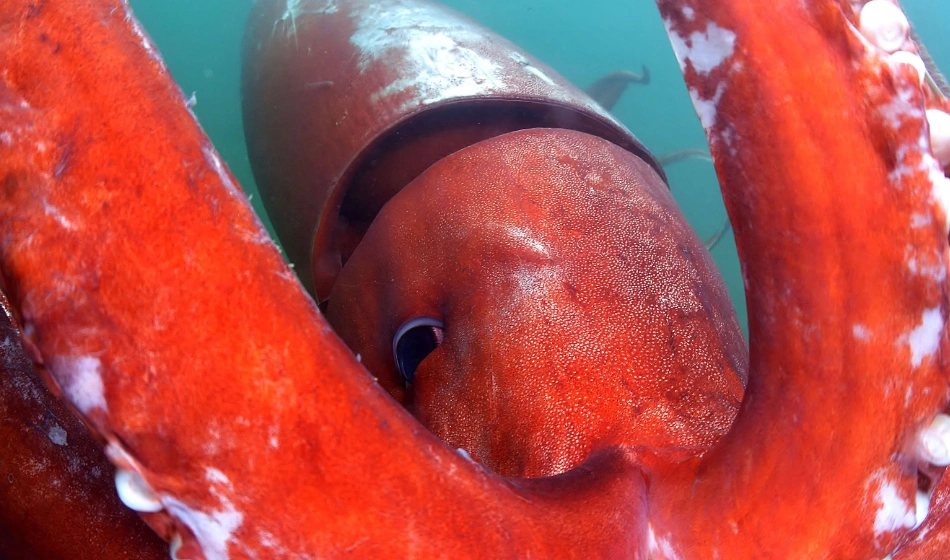
The Importance of Cryptic Species in the Ecosystem
Role in the Food Web
Cryptic creatures play crucial roles in the deep-sea food web. As both predators and prey, they are integral to the balance of marine ecosystems. For example, deep-sea anglerfish are ambush predators that feed on smaller fish and invertebrates, while bioluminescent jellyfish are prey for larger deep-sea fish.
Indicators of Environmental Health
The presence and diversity of cryptic species can serve as indicators of the health of deep-sea ecosystems. Studying these species helps scientists understand the impacts of environmental changes, such as ocean warming, acidification, and pollution. The decline or disappearance of certain cryptic species could signal broader ecological issues that require attention.
Contributions to Science and Medicine
Deep-sea organisms, including cryptic species, are a valuable source of compounds that have potential applications in medicine and biotechnology. For example, enzymes from deep-sea bacteria have been used in industrial processes, and peptides from deep-sea invertebrates are being studied for their potential as painkillers. Discovering new cryptic species could lead to breakthroughs in science and medicine.
The Future of Deep-Sea Exploration and Conservation
Technological Advancements
The future of deep-sea exploration will be driven by advances in technology. Improvements in ROVs, AUVs, and eDNA analysis will allow scientists to explore even deeper and more remote parts of the ocean. Additionally, new technologies, such as underwater drones and AI-powered data analysis, will enhance our ability to discover and study cryptic species.
Conservation Efforts
As we continue to explore the abyss, it is essential to protect the fragile ecosystems that exist there. The discovery of new species underscores the importance of conservation efforts to preserve the deep ocean’s biodiversity. Marine Protected Areas (MPAs) and international agreements are crucial for safeguarding these habitats from threats such as deep-sea mining, overfishing, and climate change.
Engaging the Public
Public engagement is key to raising awareness about the importance of deep-sea exploration and conservation. Documentaries, interactive websites, and social media campaigns can bring the wonders of the abyss to a broader audience. By sharing the stories of cryptic creatures and the challenges they face, we can inspire a new generation of ocean stewards.
Conclusion: The Endless Mystery of the Abyss
The abyss remains one of Earth’s most mysterious and least understood places. The mysterious beings of this remote world showcase life’s diversity and adaptability. Exploring the abyss presents challenges, yet each finding enhances our knowledge of the deep ocean and its secrets, highlighting how much more we have to learn.
As we venture deeper into the abyss, the importance of protecting these ecosystems becomes increasingly clear. Creatures of the deep play a vital role in ocean ecosystems. Their survival depends on our dedication to studying and protecting these mysterious beings for future generations.
We aim to spark curiosity and appreciation for the unexplored ocean life. Engaging with this content can inspire readers to advocate for ocean conservation and protect the deep sea’s delicate balance.

